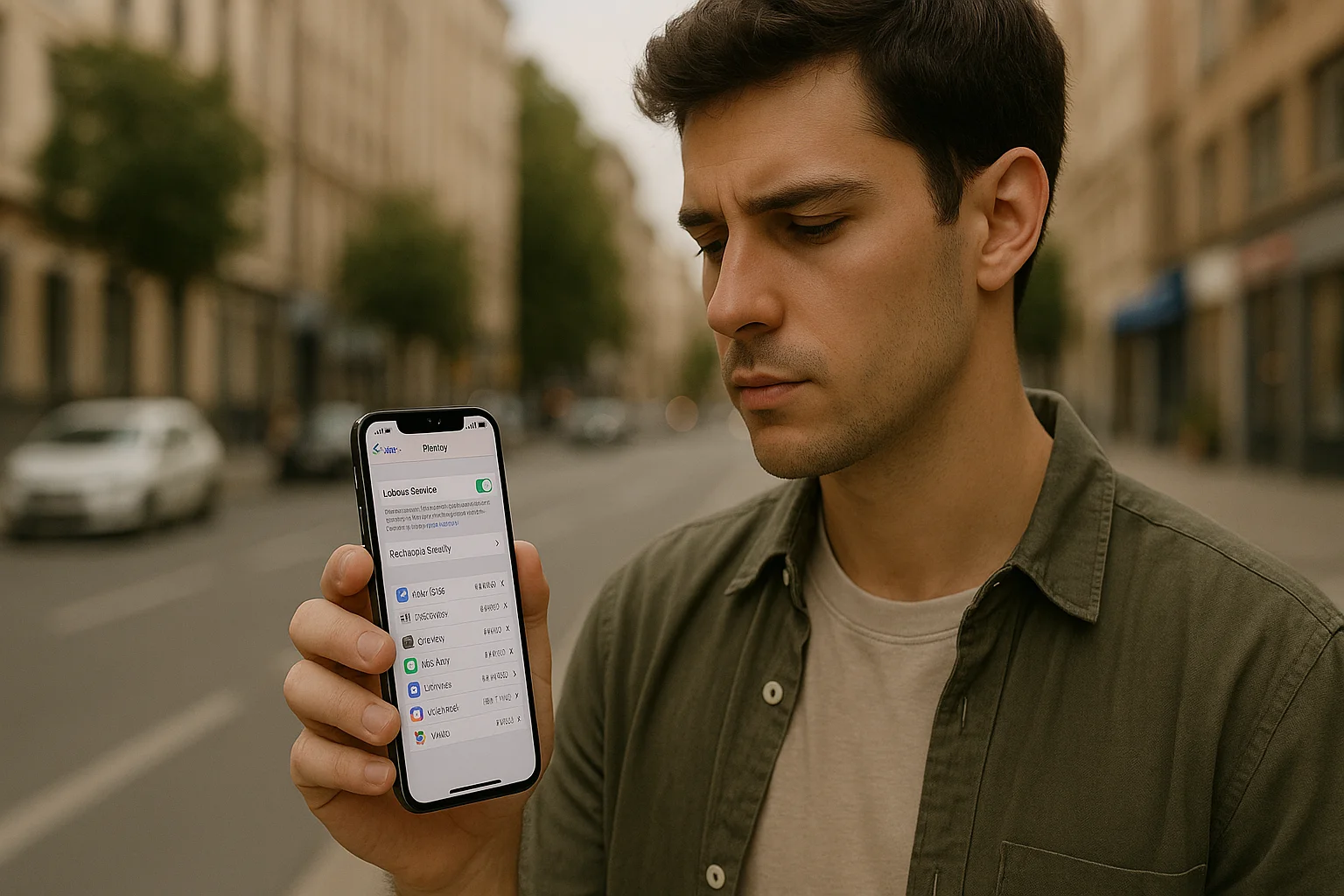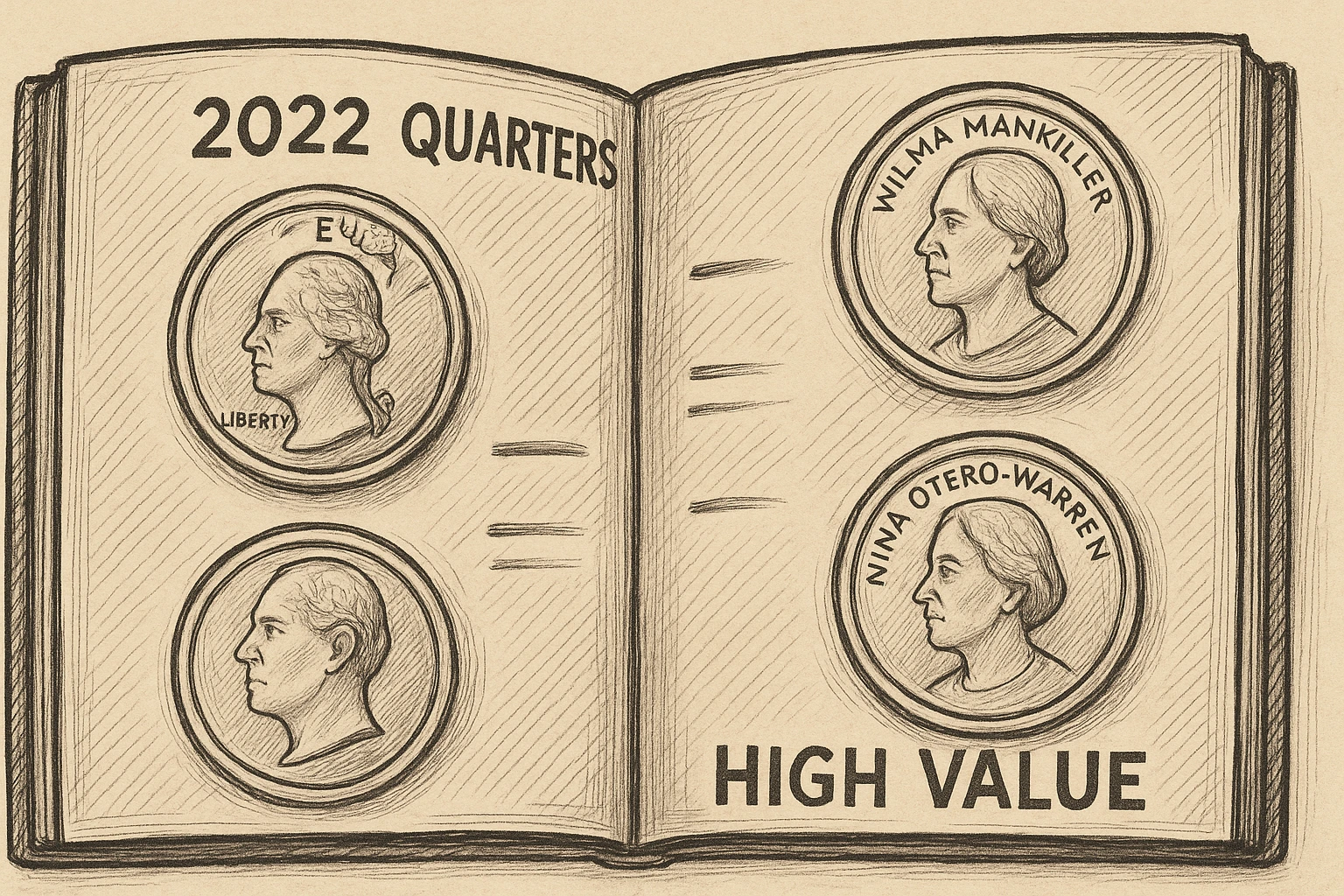Let’s face it — our phones know a lot about us. From the coffee shop you visit every morning to your weekend hike trail, your iPhone is constantly picking up and storing location data. If you’ve ever wondered how to turn off GPS on iPhone, you are not alone — and you are definitely not paranoid. Understanding and adjusting your iPhone’s location settings is not about going off-grid. It is about taking control of your digital footprint.
What Exactly Is GPS on iPhone, and How Does It Work?
Your iPhone uses a system called Global Positioning System (GPS), which connects to satellites orbiting the Earth. But GPS is just one part of the location puzzle. Apple also combines technologies (Wi-Fi signals, Bluetooth beacons and cell tower data) to figure out where you are. All of this is processed through a feature called Location Services.
That means even if you are not actively using Maps, apps like Weather, Instagram, or even your photo gallery could be tracking your location in the background. For some apps (like food delivery or emergency services) this makes total sense. But in other cases, constant tracking is unnecessary and eats up battery life, raises privacy concerns, and clutters your digital trail.

When Does Turning Off GPS Make Sense?
Disabling GPS altogether might sound drastic, but it is more reasonable than it seems — especially if you are trying to reduce distractions, save battery, or simply enjoy a bit more privacy.
Here are a few scenarios where completely turning off GPS is a smart move:
- Traveling abroad and want to avoid roaming data charges.
- Working in a sensitive environment where sharing your location is a risk.
- Going offline intentionally for a digital detox or deep focus session.
- Saving battery on a long day when every percentage counts.
Well, how to turn off GPS on an iPhone. All you need to do is just a few simple taps: first of all go to settings, then scroll to Privacy & Security > Location Services. Finally, toggle location services off. This disables GPS access across all apps and system services.
Important note: Features like Find My iPhone and Emergency SOS may stop working when GPS is off. So, consider your needs before flipping the switch.
Advanced Settings and Hidden Features
So, you’ve mastered the basics and even tried turning off GPS entirely. But what if you want more precision — the ability to allow some apps access to your location while keeping others in the dark? Welcome to the advanced layer of iPhone location settings, where customization meets control.
Selective Privacy: Not All Apps Deserve to Know Where You Are
Let’s be honest — not every app needs to know your location. Yet, many ask for it the moment you launch them. Some do this for convenience, others out of habit, and a few for reasons you’d probably raise an eyebrow at.
Fortunately, Apple gives you fine-tuned tools to decide who gets what. Under Settings > Privacy & Security > Location Services, you will find a list of apps with their current permissions. Tapping any of them opens up a small but mighty menu, where you can choose between four access levels: Never, Ask Next Time, While Using the App, or Always.
Here’s the trick: don’t just default to “While Using the App.” Instead, think about how the app uses your location. Your weather app might need it — your flashlight doesn’t. And if you are unsure, “Ask Next Time” puts the decision in your hands, each time.
It is a small habit shift that builds a better privacy routine over time — one that gives you control without cutting you off from useful features.
Behind the Curtain: System Services You Didn’t Know Were Watching
Even if you are careful with apps, there’s a whole other layer of location tracking happening quietly in the background. Apple calls these System Services, and they include everything from emergency location tracking to device analytics.
What’s surprising is how much these services remember. One of the most eye-opening is Significant Locations — a setting that keeps a private history of places you frequent, complete with maps and time stamps. This data stays on your phone and is used to “improve services,” but it is still there — and it adds up.
To see what is running under the hood, go to Settings > Privacy & Security > Location Services, scroll to the bottom, and tap System Services. Here, you’ll find a list of toggles — some useful, some optional, and some you may want to reconsider:
- Find My iPhone – essential if you want to locate a lost device.
- Location-Based Alerts – for geofenced notifications like reminders when you arrive somewhere.
- Share My Location – controls whether others can see your location in apps like Messages.
- Location-Based Suggestions – offers Siri and Spotlight tips based on where you are.
- iPhone Analytics – sends anonymized data to Apple, which you can opt out of.
- Significant Locations – quietly logs where you go most often.
You don’t need to turn them all off, but understanding what they do — and disabling the ones that don’t serve your goals — gives you clarity. And in the privacy game, clarity is power.
Balancing Privacy and Safety — You’re in Control
Turning off GPS doesn’t mean going completely off the grid — especially when staying connected with loved ones is a top priority. The real challenge isn’t the tech, it’s the feeling of being tracked. Fortunately, not all location-sharing tools are created equal.
If you are looking for a tool to boost your family safety without micromanagement, apps, e.g., Number Tracker strike the right balance. The app focuses on location sharing, route awareness, and check-ins. It is designed for peace of mind, not control. Whether you are biking alone, your teen is out late, or you are just making sure a loved one got home safely — it is a great way to stay connected without compromising your space.

More Than Privacy
GPS isn’t just a privacy topic — it is also a drain on your battery, attention, and peace of mind. Constant tracking means your iPhone is always working in the background, syncing location data across apps and services. Over time, that adds up.
Here is what you gain by occasionally disabling GPS:
- Battery Life: Turning off unnecessary location features can extend your phone’s uptime by hours.
- Fewer Distractions: No more location-based pings or prompts interrupting your day.
- Better Focus: Less passive tracking often leads to fewer targeted ads and less noise.
Even setting limits — like disabling GPS during work hours or while sleeping — can bring noticeable benefits.
Making Digital Hygiene a Habit
We brush our teeth daily, update passwords occasionally — why not treat location settings the same way? Making privacy checks a habit is easier than it sounds.
Try setting a monthly reminder to:
- Review which apps are using your location.
- Check for new apps that request access.
- Revisit System Services and adjust what you really need.
Just five minutes a month can keep your data footprint lean and secure.
You Drive This Digital Ride
In the end, it is not about saying no to all technology — it is about setting boundaries. Your iPhone is powerful, but it is still just a tool. You decide how much of your life it sees. Whether you turn off GPS completely or fine-tune it app by app, remember: you are the one in control — not your device.




